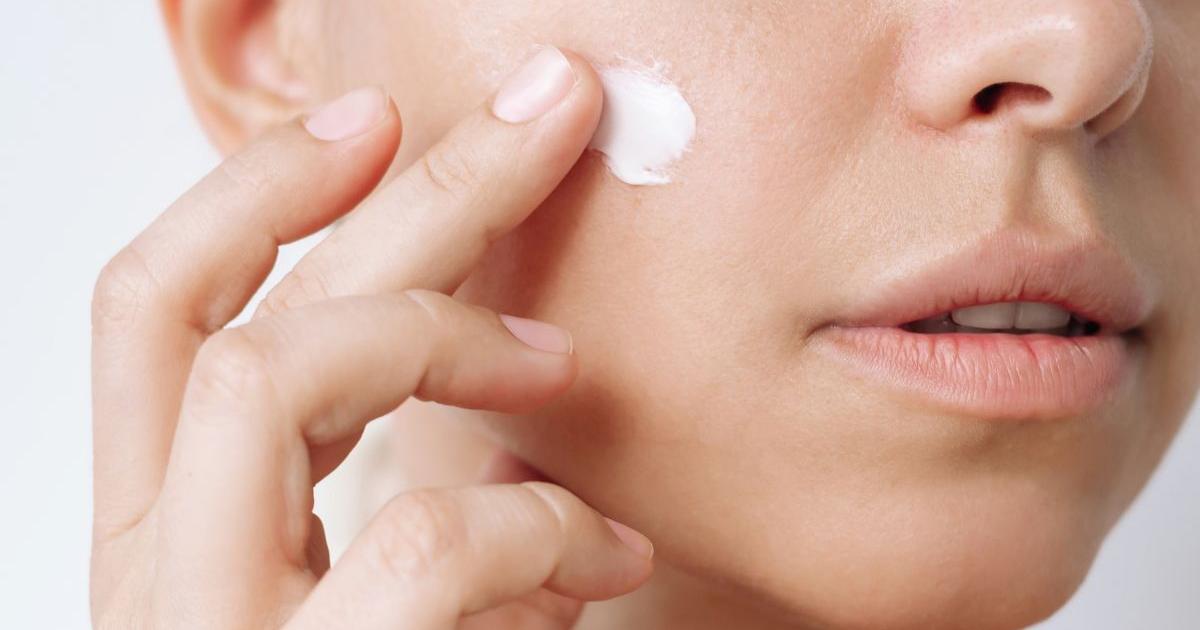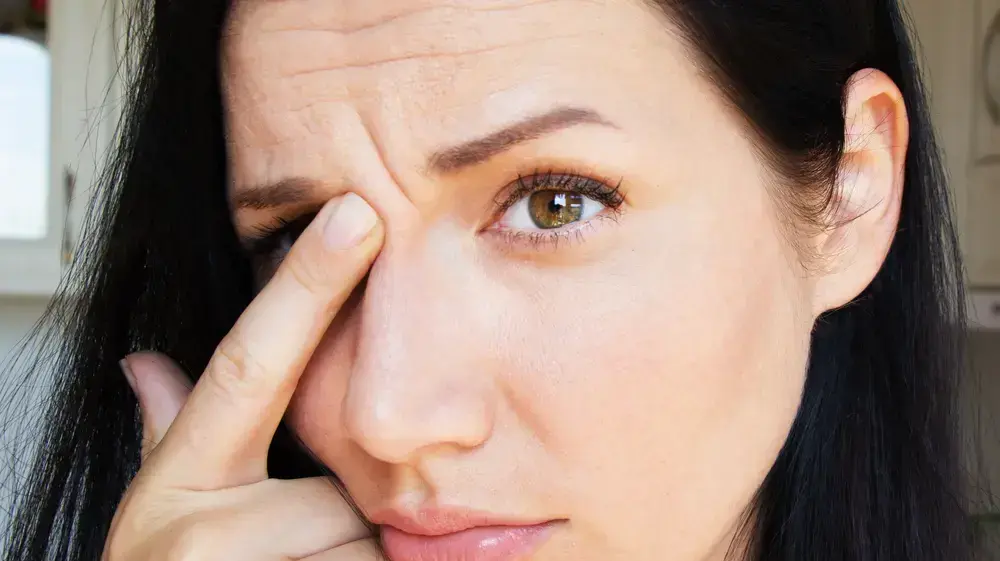Beach and burns?
Tips to protect yourself from the sun 1:16
(CNN) --
The bright red spot, the sensitive skin, the peeling days -- this is only part of the sun damage story.
Sunburn is the most immediate proof that we spend too much time in the sun without protection, but what we often don't see immediately is the accelerated aging of the skin and the risk of skin cancer that can accompany it.
"Sadly, skin cancer rates continue to rise, and we do everything we can to try to minimize it, and sunscreen use is one of its components," says Darrell Rigel, MD, clinical professor of dermatology at the School of Mount Sinai Icahn Medicine of New York.
The Environmental Working Group (EWG) released its annual sunscreen use guide on Thursday, with lists of its recommended sunscreens, including options for children, mineral and non-mineral varieties, and SPF moisturizers and lip balms.
The EWG does not derive revenue from these lists, according to a spokesperson.
The guide is in time for the warmer months, as many people start spending more time outdoors, but good sun protection is important even if it's cold or cloudy, and whether you're sitting by a window, like if you're skiing or on the beach, dermatologists said.
Dermatologists say you should apply sunscreen regularly when you're out in the sun, regardless of the weather.
"Obviously in the summer we are more exposed to the sun, but on any given day we should be aware that ultraviolet radiation is an established and well-known carcinogen and can accelerate skin aging," said Dr. Adam Friedman, professor and chair of the department of dermatology at the George Washington College of Medicine and Health Sciences.
advertising
Who needs it
Short answer:
everyone.
Longer answer: Darker skin has more protection from the sun, but that doesn't mean it's completely immune to sun damage, experts said.
Based on US data, people with darker skin have a lower risk of melanoma than white people, but they are still at risk, Rigel said.
And if you're looking for images of a sunburn, the first thing you'll likely see are the bright red marks of the condition on pale skin, but that has to do with under-representation, Friedman said.
Sunburn can appear on all skin types, in many colors, and can cause premature aging in anyone.
The problem is that representation is also limited on sun protection.
Even on fair skin, sunscreen is often thick, heavy, and too white.
For people of color, it's even more problematic.
"There is no one product that is right for everyone," says Friedman.
"Finding one that suits your skin isn't always easy."
Fortunately, some mineral-based sunscreens are coming out with tinted lines to try to match skin tones, but Friedman said it's important to shop around and find one that feels good and suits your complexion, so you use it regularly.
Some mineral-based sunscreens are also clear.
"The best sunscreen is the one you use over and over again," he says.
How to apply it
About an ounce of sunscreen, about a shot glass, should be used in one application, said Carla Burns, EWG's senior director of cosmetic science.
"We recommend going with lotions (rather than) stick products, it's much easier to get that right, even layer of protection," she added.
There are two types of sunscreens, Rigel said, those used daily and those used when planning to spend extended time outside.
For those used daily, Friedman recommended looking for products that double as moisturizers or SPF makeup to ensure sun protection is an easy part of your routine.
If you're going to spend a day in the sun, Burns says it's important to remember to reapply sunscreen every two hours, or after being in the water, to maintain the right level of protection.
Dermatologists say sunscreen should be reapplied every two hours after spending time outdoors or in the water.
Tourists cool off in Cala Major in Palma de Mallorca, Spain, on August 14, 2021.
In any case, sun protection should be applied wherever the skin is exposed to the sun, that is, on the face, hands, ears and where the scalp is exposed.
Also, the lips and the surface around the eyes are thin and vulnerable to sun damage, so make sure they also have SPF protection, according to Friedman.
What FPS to look for
"You have to look for at least an FPS of 35, which is the minimum," says Rigel.
But is there a maximum?
That's where the experts differ in their advice.
The EWG recommended that sunscreens with a very high SPF should not be used, as they can lead people to think that they can stay in the sun for longer without reapplying the product.
And no, you can't spend more time outdoors if you have FPS 100, Rigel agreed.
But he said he often advises his patients to go for the higher number, just in case.
Do children need a different type of sunscreen than adults?
What to look for on the label
There is no such thing as a waterproof sunscreen, so Rigel advises looking for a waterproof product.
And when it comes to fighting premature aging and skin cancer, not just sunburn, making sure your sunscreen has broad-spectrum UVA/UVB coverage is crucial, Friedman said.
The EWG recommends mineral-based sunscreens.
The ingredients to look for to find those products are zinc oxide and titanium dioxide, Burns said.
Are there ingredients that should be avoided?
Some non-mineral sunscreens use an ingredient called oxybenzone, which has been linked in some studies to harm to marine life.
Sunscreens: poison for corals 1:13
Some countries and regions have banned the sale of oxybenzone-containing products in recent years due to environmental concerns, Burns said.
What else can be done
Sunscreens are useful tools to protect against sun damage and skin cancer, but they are not the only ones.
When possible, it can also help to wear a hat, wear clothing that covers, avoid times when the sun is at its peak (10 a.m. to 4 p.m.) and stay in the shade, said Emily Spilman, a scientific analyst at the EWG.
Sunscreen sunburn









